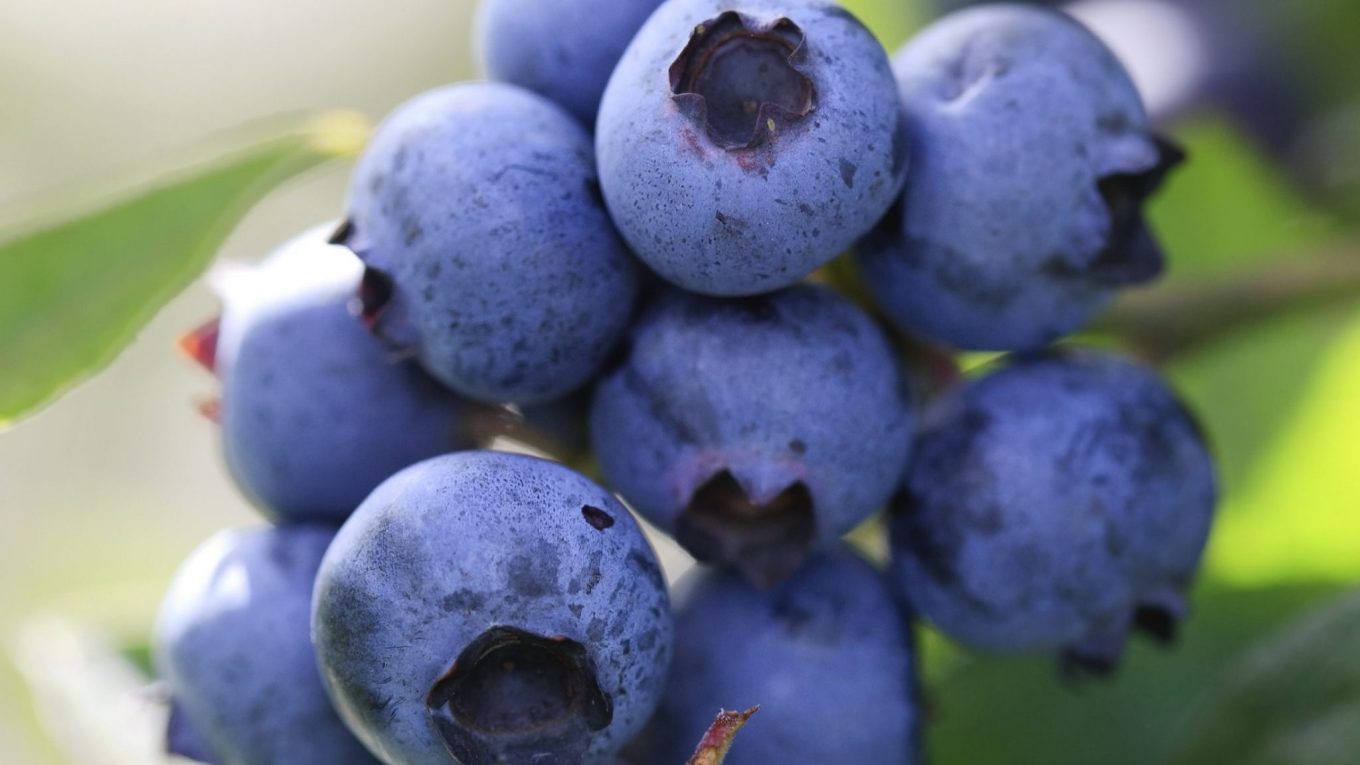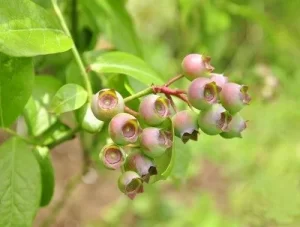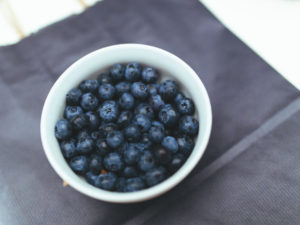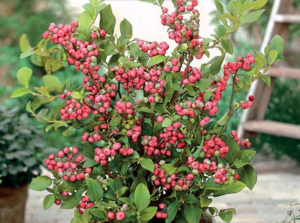Grow Your Own Pink Lemonade Blueberry
Kelly Roberson is a home and garden writer with more than 20 years of experience as a writer and editor. She has been a project manager, editor, and writer for a long list of magazines, including many gardening, home design, and holiday crafts titles.
Blueberry ‘Pink Lemonade’ was developed in the 1970s by the U.S. Department of Agriculture. But when researchers brought it to blueberry growers, they were convinced because of its distinctive yellowish-pink fruit that gardeners wouldn’t buy it, thinking it an unripe blueberry. If blueberry ‘Pink Lemonade’ was grown at all then, it was typically for its ornamental value as a late-season bush.
Fast-forward to the 2000s: Growing research into the power of cancer-fighting antioxidants as well as the popularity of backyard gardens have gardeners looking for something new and different. That’s led to a surge in popularity of blueberry ‘Pink Lemonade’.
Types of Blueberry Plants
There are four types of blueberry plants: northern highbush, southern highbush, rabbiteye, and lowbush. Northern highbush blueberries—hardy in Zones 4-7—have large fruits, as do southern highbush blueberries, which are hardy in Zones 7-10. Lowbush blueberries have more of a groundcover growth habit, and bear small fruits.
Blueberry ‘Pink Lemonade’ is a rabbiteye blueberry; this type is more compact. Rabbiteye blueberries also have lower cold requirements; ‘Pink Lemonade’, for example, only requires 300 hours of temperature below 45 degrees F, while other rabbiteyes need about 500-1,000 hours.
Growing Blueberry Plants such as ‘Pink Lemonade’
Like most blueberries, blueberry ‘Pink Lemonade’ does best in full sun, acidic soil, and USDA Zone 5 and warmer. Ideal soil should be 6.1 pH and somewhat moist but well-drained. The plant will grow in semi-shade but does best with six hours or more of sun; otherwise it will get leggy in shade and won’t produce as much fruit.
Blueberry ‘Pink Lemonade’ is a spring-flowering bush that’s also prized for its silvery-bluish leaves—which emerge in March and don’t fall off until it’s very cold—and pretty yellowish-red twig color. However, it is not considered a dwarf flowering shrub, since it reaches about 5 feet tall.
Fruit Production on Blueberry ‘Pink Lemonade’
In spring, blueberry ‘Pink Lemonade’ blooms with small, bell-shape, pinkish to white flowers. About mid- to late summer, those flowers begin to set as fruit, but unlike some blueberry plants, ‘Pink Lemonade’ doesn’t set fruit all at once. It generally produces one larger first crop and then more fruit continuously until about October.
‘Pink Lemonade’ is definitely sweeter—about two times as much—than a regular blueberry, which means it’s good eaten fresh, in desserts, or as a garnish. The fruit begins as a green color and then turns white, then a lighter pink, finally aging to a darker pink. Ready-to-harvest clusters may still be green on the undersides.
Pruning Blueberry ‘Pink Lemonade’
Like any other blueberry, blueberry ‘Pink Lemonade’ produces fruit on two- to three-year-old branches; anything older than that should be removed. To obtain the best harvest, regularly prune these blueberry plants to remove that older growth.
Companion Shrubs and Plants
Because blueberry ‘Pink Lemonade’ is a spring-flowering bush and possesses highly ornamental (and practical) berries, it makes a pretty addition to flowerbeds and mixed borders. And with berries that appear later in the season, these blueberry plants add a nice twist to the garden when plenty of other flowers, shrubs, and bushes are dying off. When the berries and leaves fall off, the twigs remain sightly during wintertime. Because it has an arching growth pattern, blueberry ‘Pink Lemonade’ can be planted throughout the landscape as background shrubs and bushes.
As with most self-fertile blueberry plants, blueberry ‘Pink Lemonade’ sets fruit better when planted with other rabbiteye blueberries. When used as a back-of-the-border plant, good complements include lower-growing evergreens, Japanese forestgrass, peonies, and ferns, as well as acid-loving rhododendrons and azaleas. If used as a midheight plant, accent blueberry ‘Pink Lemonade’ with darker-leaf plants such as elderberry.
Blueberry ‘Pink Lemonade’ Problems and Pests
Planted in the right condition, blueberry ‘Pink Lemonade’ shrubs are fairly pest-free. However, they should be protected from deer and rabbits. Birds may eat the fruits before or as they ripen, but can typically be deterred with bird netting.
Read more:

:max_bytes(150000):strip_icc()/Pink-Lemonade-2-09bb240b26dc4c65804868719c4194f1.jpg)
:max_bytes(150000):strip_icc()/Pink-Lemonade-Blueberry-3d8f8062e47d489dbcf9776078d9600f.jpg)
:max_bytes(150000):strip_icc()/101205745-ab18a216faff487fabe7fc540807c3bc.jpg)





